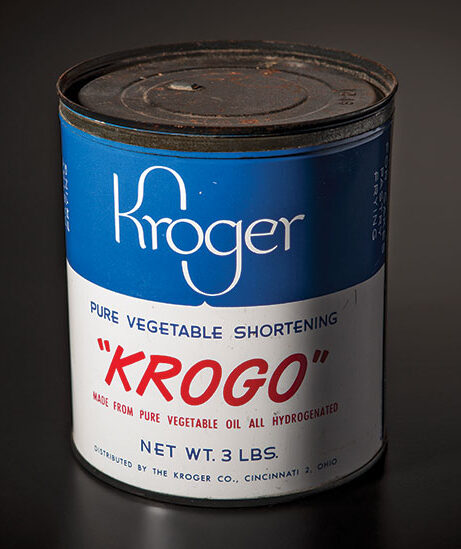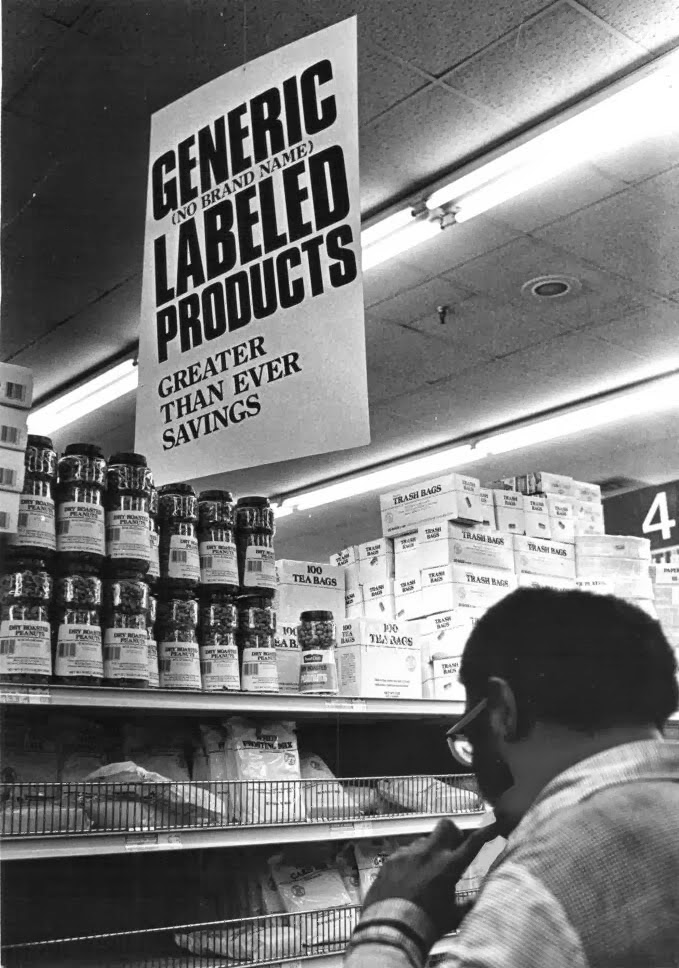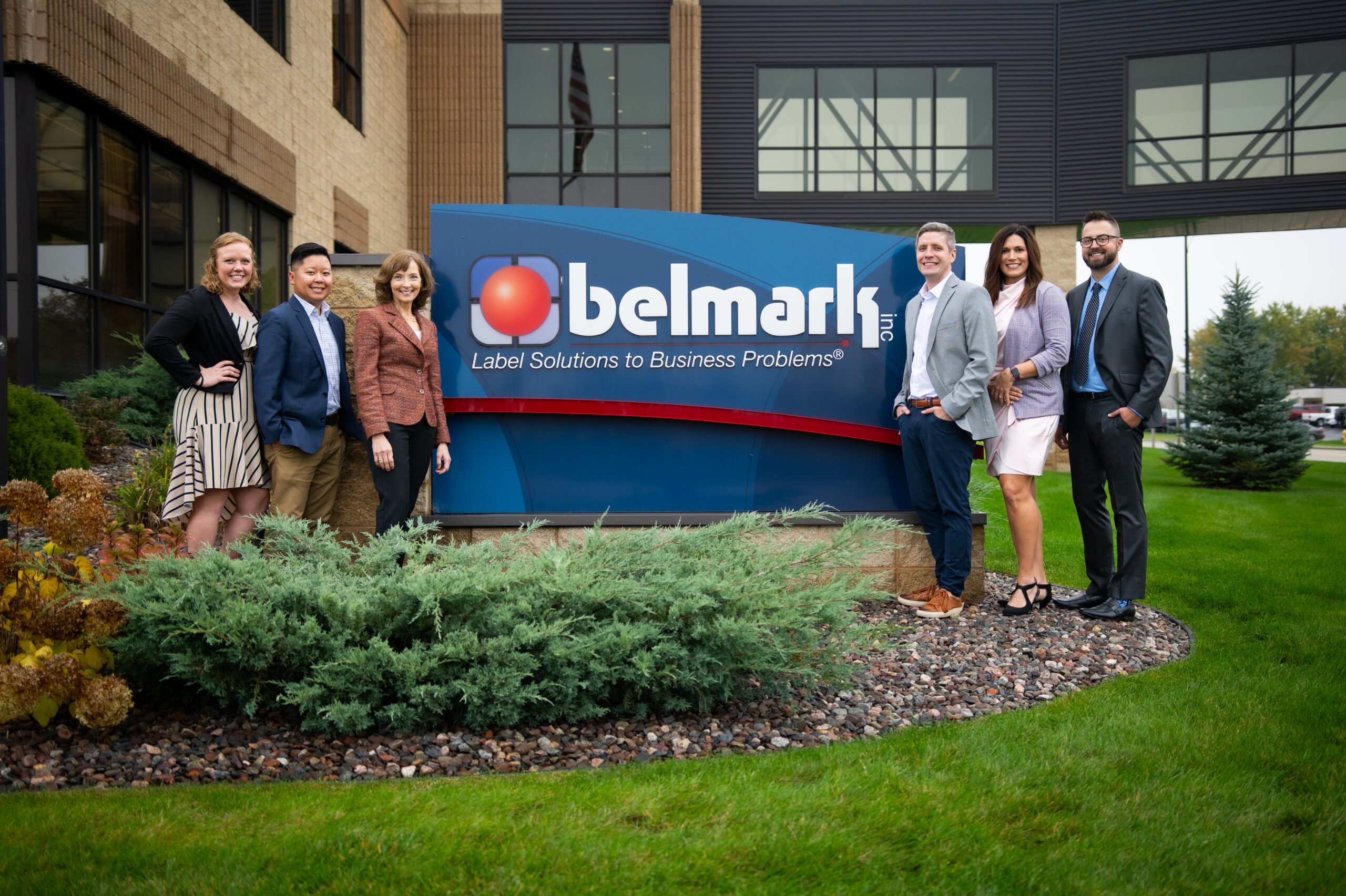The Original Private Label Brands
While “off-brand” may call to mind generic products from the 1970s and onward, the private label industry actually has roots in the 19th century, when consumers and retailers alike were subject to exploitative pricing for clothing and other goods. Private label brands emerged to offer high-quality goods at lower prices than larger brands.
Private label products in this period benefitted both retailers and consumers—retailers enjoyed greater freedom from suppliers and better control over the quality of their products, and consumers gained quality products at lower prices. Among value, store brands also introduced more product variety and spearheaded innovation as more brands vied for consumer attention.
Store brands and private label retailers were fundamental to economic growth during the 19th and 20th centuries—and in shaping our retail environment as we know it today. As the private label market continues to emphasize quality and value, we can see some of the lasting influences these brands and innovators have left on the industry.
The Rise of Generic Goods and Packaging
Economic challenges in the mid- and late 20th century ushered in the emergence of generic, low-priced packaged goods. While retailers still offered privately labeled goods, generic products helped fill basic needs, particularly in the food category. These products came in the bare-bones, white or yellow packaging we commonly associate with off-brand products, complete with all-caps product names emblazoned on the front. Generic products filled one purpose: to alleviate prices at the cash register.
Packaging for off-brand products also filled one purpose: to get the job done. Packaging for these products didn’t need bells and whistles; consumers expected minimal packaging at the price point they were paying.
However as inflation slowed, unbranded, generic products began to disappear from shelves—consumers returned to purchasing name brands as they spent less time with price comparisons and sales for generic products fell.
From Generic to Premium: Improving the Store Brand
While unbranded products served a purpose, the generic packaging communicated low quality and even made some shoppers feel embarrassed to buy them. This perception led retailers to focus on building higher-quality equivalents of the name-brand products. In other words, to offer off-brand products that would sell, retailers had to build a brand.
The key to creating that brand? Better packaging.
While manufacturers and retailers assumed that minimally-designed packaging would create cost-savings that would be passed down to the consumer, consumers stopped buying the products. So, retailers had to adopt a new strategy—branding. By making the product visually appealing and creating a private label brand, retailers could reach consumers who wanted lower prices, but still wanted assurance about the quality of the product.
Since (until recently) the only touchpoint consumers had with private label products was in-store and on the shelf, packaging played a pivotal role in creating store brands and communicating product attributes. It increased the chance that consumers would notice and interact with the product on the shelf, and it allowed consumers to learn about attributes that would appeal to them, such as health claims, ingredients, and sourcing information.
These features are still important today, as most consumers still discover store brands in-store and expect high-quality products.
Modern Private Labels: A Full Brand Experience
While early private label brands had mixed success, today’s store brands are taking the market by storm. As we continue to emerge from the COVID-19 pandemic and high inflation, consumers are looking for the price point store brands can offer. However, private label brands were growing even before that, as consumers were (and are still) looking for quality, health claims, and increasingly premium experiences.
Peggy Davies
PLMA President
"First quarter news (2023) tells us that consumer research, product development, packaging, marketing, technology, and logistics all continue to play key roles in delivering quality store brands to retail shelves. Moving forward, we are confident the strategic partnerships between manufacturers, retailers and suppliers will continue to prove store brands to be a powerful tool in today’s competitive landscape."
According to the Private Label Manufacturers’ Association and Flexible Packaging, much of this growth can also be attributed to smarter marketing, branding, and packaging strategies. Retailers are creating fully established, unique brands that not only compete with name brands, but also compete with other store brands. Many of today’s private label brands have their own websites, social media presence, and blogging efforts, and the results are paying off—retailers have managed to create memorable store brands that consumers actively seek out—and that some consumers don’t even recognize as “off-brand” products.
So, what does this mean for private label packagers?
Today’s market trends call back an important lesson from the past: brands that create a consistent, quality, and consumer-centric experience will be most likely to see long-lasting success in the marketplace.
While much of the more recent turn toward private label products came as a result of inflation following the COVID-19 pandemic, some 80% of food retailers and manufacturers want to increase investment in private label brands in the next two years, according to FMI. Researchers at McKinsey point to the opportunity to make this behavior last, rather than relying on consumers to remain consistent: “Retailers that seize this moment to reset their private-label strategies can translate short-term switching behavior into long-term customer loyalty.”
"In the past, private-label packaging tended to resemble the look and feel of national-brand equivalents. Leading retailers are now developing brand language on their packaging that not only draws shoppers’ attention but also conveys the functional benefits of the brand. A leading private-label player in the value segment has added a prominent callout on its packaging announcing its clean ingredients, differentiating it from other value national brands."- Turning Private Labels Into Powerhouse Brands; McKinsey, 2020
In addition to communicating quality, product attributes, and value, packaging is key to creating the consumer-centric experiences you need to compete in the private label space. Attention-grabbing designs, tactile features, and functional features are also important in reaching the private label consumer—and making a name for your store brand. This attention to the consumer experience of your packaging can help you stand out from the national brand and other store brands, fostering brand loyalty in the way that the private label brands of the past created (and maintained).



